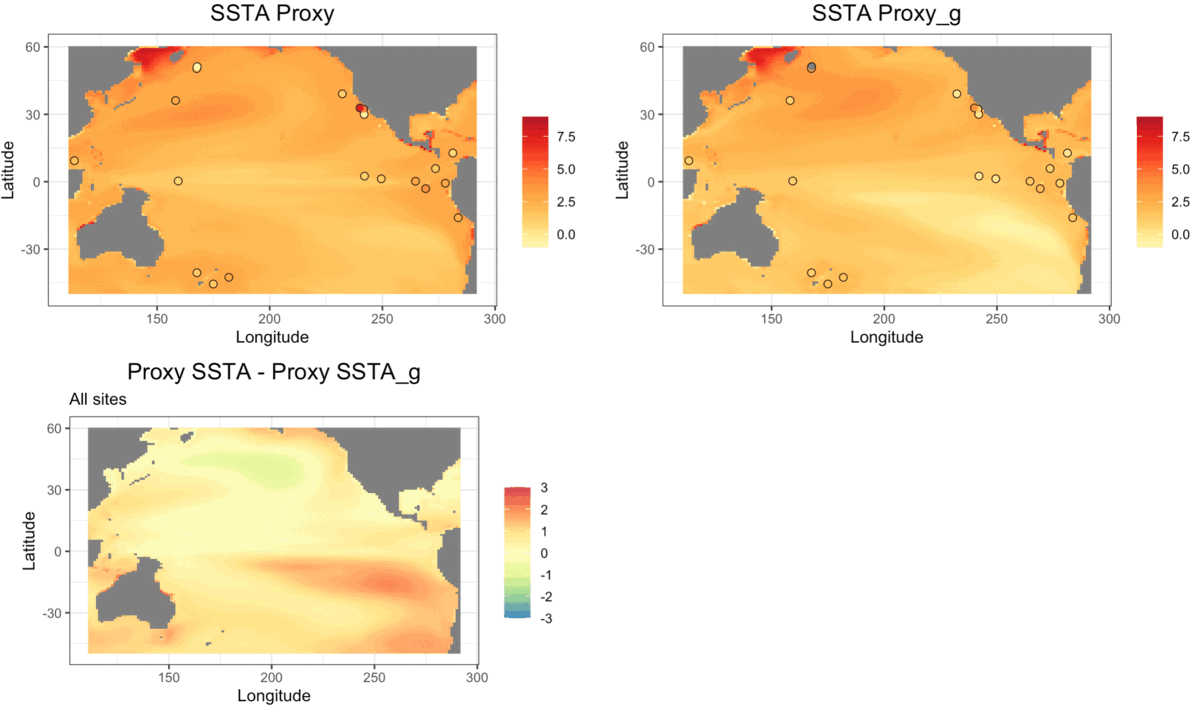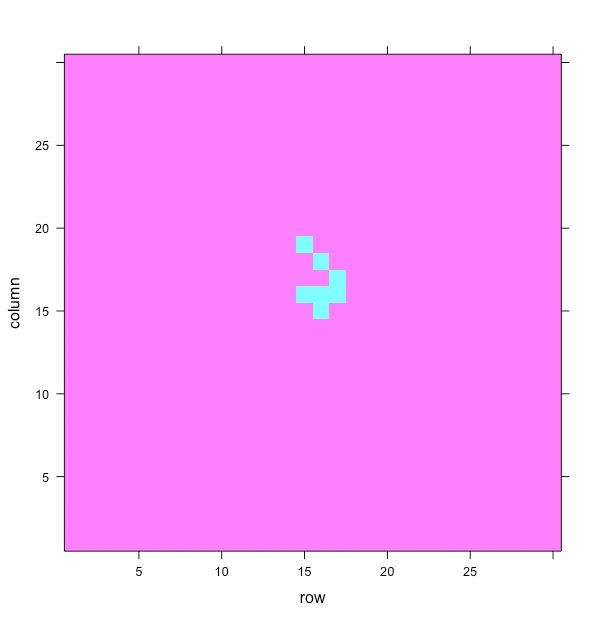
Education
2021--present
PhD Student
Geoscience
University of Connecticut
2017--2021
B.S. Applied Mathematics
Minor, Environmental Studies
Furman University

Selected Past Coursework
Computational Fluid Dynamics

This course introduced the fundamentals of computational fluid dynamics (CFD) including thermal transport. It introduced the main computational techniques and methods and showed us how to analyze their properties. There was a strong emphasis on the implementation and application of computational techniques and methods. We did not use any commercial CFD software and instead built our own code to simulate convection, pressure, Poisson equation solutions, etc.
For our final project of the semester, we built our own solution to simulate a two-dimensional jet in a rectangular domain with governing equations that were the conservation of mass, streamwise and vertical momentum, and a passive scalar. We created this simulation in Matlab and separated it into three parts: a Poisson equation for pressure solution, a discretization of the convection term, then discretization of the viscous terms and the addition of boundary conditions. Final results can be seen in the animation above.
Professor: Dr. Georgious Matheau
Applied Data Analysis in Earth Sciences

Applied Data Analysis in Earth Sciences taught the application of linear models and multivariate analysis methods to explore datasets generated to study Earth sciences, emphasizing on conceptual understanding and hands-on application using R. The primary goal of this class was to provide conceptual understanding of multivariate analysis methods that are used to diagnose and predict variance structure of climate, weather and ecosystem. To do this, we learned topics such as linear models and hypothesis testing, principal component analysis, cluster analysis, and classification.
An important component of this class was the end-of-semester project, where I worked on determining how influential the removal/addition of different proxy sites were to a reduced space reconstruction of the Pacific Ocean basin during the early Pleistocene (see above animation).
Professor: Dr. Ran Feng (UConn)
Mathematical Models and Applications

Game of Life
Hot (black) and cold (white) diffusion

In this course, we learned a variety of mathematical models using various continuous and discrete methods, which frequently had applications in Earth and Biological Sciences. These included ecological models, population growth models, and epidemic models, among many others. We discussed methods such as linear programming, Markov chains, cellular automata models, agent-based models, and dynamical system models.
The course was project-based, which provided me plenty of experience in solving these problems on my own outside of class. For one project, I recreated John Conway's Game of Life, and for another I modeled fluxes of carbon between various reservoirs on Earth. I also created simulations such as the diffusion of hot and cold spots on a metal bar and the burning of trees during a forest fire. To conduct these simulations, we primarily used R for our cellular automata and dynamical system models, but we also utilized NetLogo to create our agent-based models.
Professor: Dr. Liz Bouzarth (Furman University)
Data Mining

Data mining taught me the algorithms and computing tools fundamental to data science: namely, the process of extracting accurate and generalizable models from data via machine learning. We learned about the prediction of outcomes, the discovery of associations, and the identification of similar groups, among other relevant topics. This course primarily served as an introduction to machine learning by teaching us the theory and fundamentals behind the algorithms. We learned by first creating models by hand (such as decision trees, etc.) before training and testing with real datasets.
When creating models on a computer, we mainly used the software Weka.
Professor: Dr. Kevin Treu (Furman University)